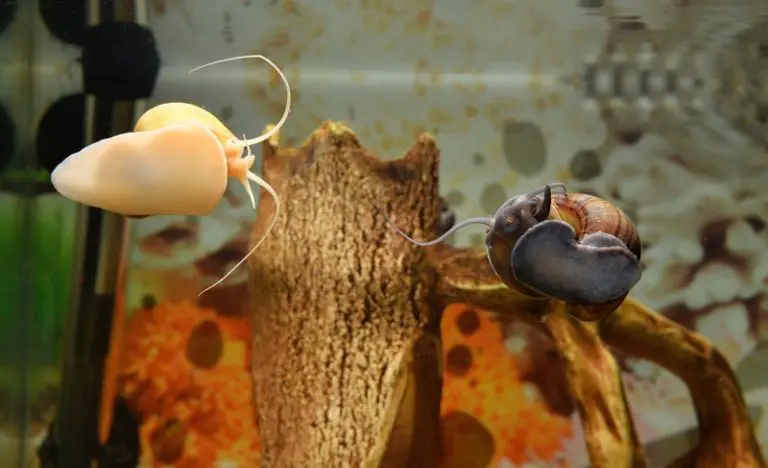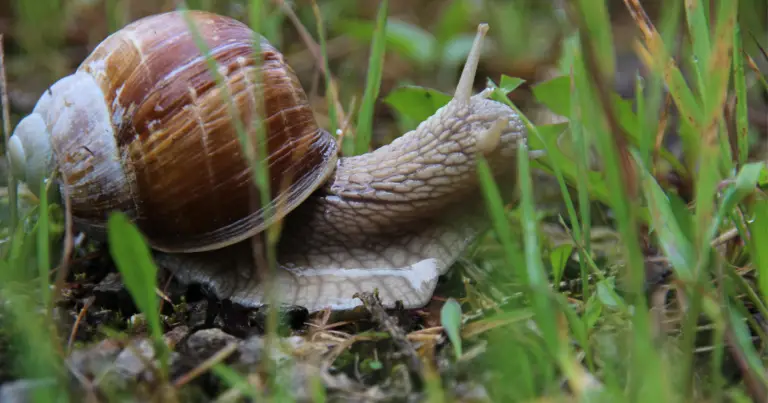Nerite Snail: Essential Care and Maintenance Guide
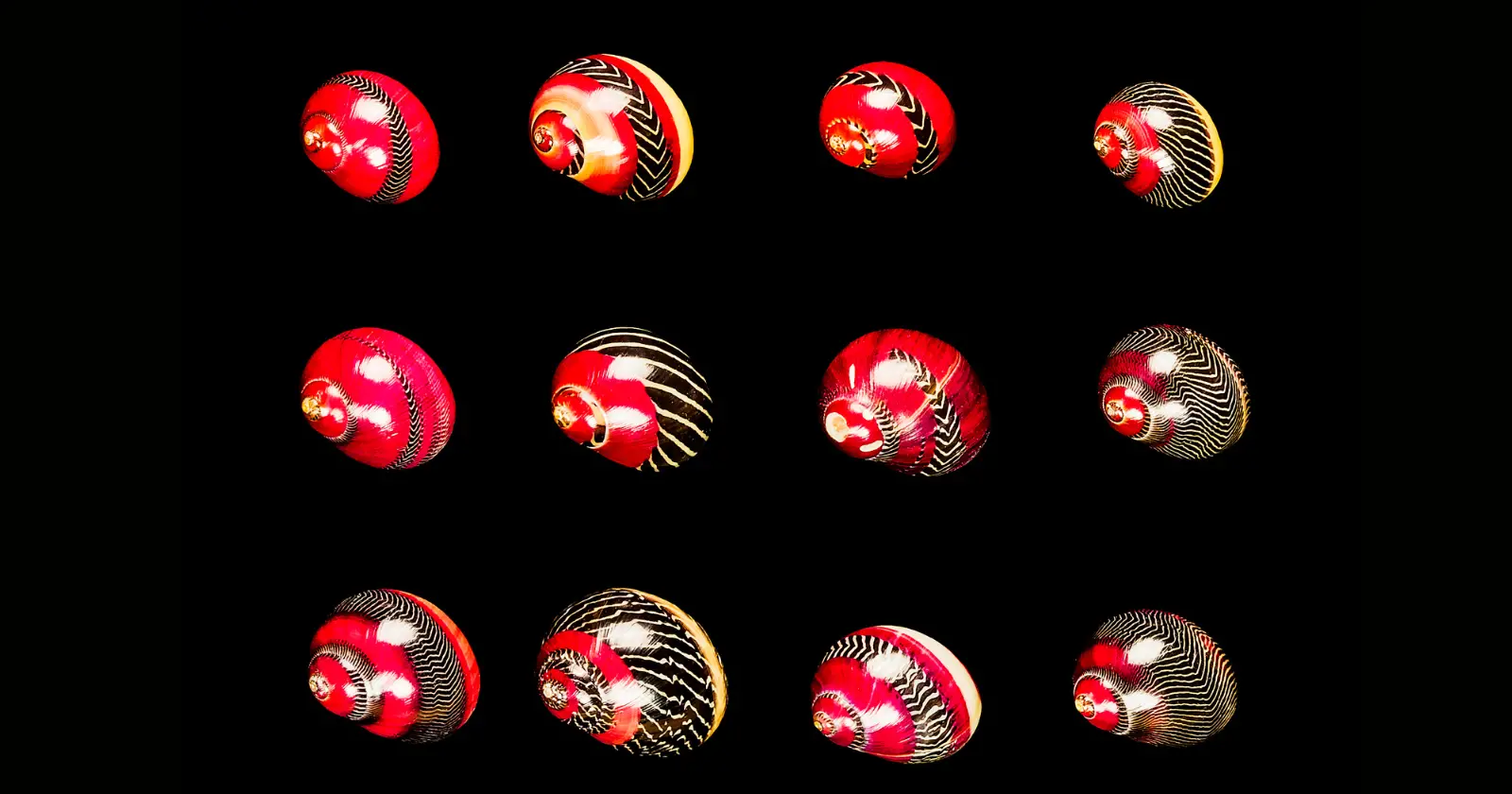
Nerite snails are a fascinating addition to any aquarium. These tiny creatures, members of the Neritidae family, can thrive in freshwater and saltwater environments. Known for their impressive cleaning abilities and peaceful temperament, nerite snails are especially popular among fishkeeping beginners. Their easy-going nature makes them low maintenance, perfect for those still learning the ropes of aquarium care [source].
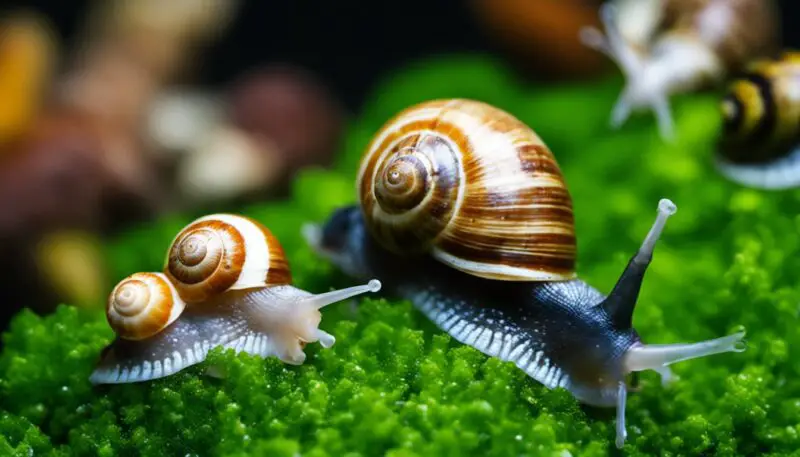
Available in a variety of species, nerite snails are renowned for their algae-eating skills. As part of an aquarium cleaning crew, they efficiently help to keep your tank pristine alongside other aquatic life, such as Amano Shrimp [source]. While they typically remain small, measuring less than 1 inch long, their presence in your tank can greatly contribute to a balanced and healthy aquatic environment.
Contents
Table of Contents
Biology and Appearance of Nerite Snails

Nerite snails belong to the Neritidae family, a diverse group of small to medium-sized saltwater and freshwater snails. The family includes various genera, such as Nerita, Neritina, and Theodoxus. These snails have a gill and a unique operculum, which protects them when they retract into their shells. Their specialized feeding organ, called the radula, is equipped with tiny teeth that allow them to scrape off algae and other microorganisms from surfaces efficiently.
The size of nerite snails ranges from less than an inch to a little over an inch in diameter. One of the most intriguing aspects of nerite snails is their diverse appearance. They exhibit various colors and patterns, making them attractive additions to the aquarium.
Some popular species of nerite snails and their distinct appearances include:
- Horned Nerite Snail: Recognizable by the small “horns” on its dark brown shell.
- Tiger Nerite Snail: Its yellowish-orange shell is adorned with contrasting dark stripes, giving it a tiger-like appearance.
- Zebra Nerite Snail: Known for its light to dark brown striped pattern, resembling the stripes of a zebra.
- Red Racer Nerite Snail: Features a red-orange base shell color with black racing stripes.
- Olive Nerite Snail: Sports a greenish-olive shell with dark spots or patterns.
- Black Racer Nerite Snail: Indicated by its black shell with contrasting white or cream-colored markings.
Neritina natalensis, commonly known as the spotted nerite, is a small freshwater snail within the Neritidae family. Black or dark brown spots on the shell characterize its appearance. Though these snails can be found in freshwater environments, they return to brackish waters to reproduce.
As a result of their varied appearance and algae-eating habits, nerite snails have become popular choices for aquarium keepers. Whether you select the striking patterns of the zebra nerite snail or the vivid colors of the red racer nerite snail, these fascinating creatures can be a unique and valuable addition to your underwater habitat.
Habitat of Nerite Snails
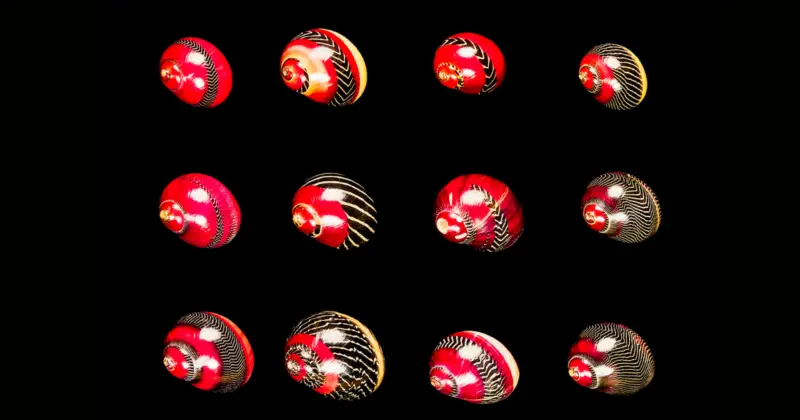
Nerite snails are commonly found in tropical waters worldwide, particularly in Africa and other coastal regions. They thrive in middle and upper intertidal zones, where they can be seen grazing on algae and other plant materials.
Creating a well-maintained aquatic environment that mimics their natural surroundings is essential to provide an ideal habitat for your nerite snails. Ensuring appropriate substrate, such as sand or smooth gravel, is crucial for their well-being. The substrate should be free from sharp edges that may cause damage to the snail’s delicate foot.
Incorporating natural elements like driftwood and rocks in the aquarium enhances its aesthetic appeal and provides hiding spots for nerite snails. These hiding spots offer them refuge from potential predators and a place to rest when they are not feeding.
It is also important to maintain proper water conditions, as nerite snails are sensitive to sudden changes in water parameters. Regular monitoring and adjustment of water quality can go a long way toward ensuring their longevity and overall health.
A well-thought-out habitat can significantly contribute to the success of these peaceful, algae-eating creatures in your aquarium. With proper care and a suitable environment, nerite snails can become an excellent addition to your aquatic ecosystem, helping to keep it clean and free of unwanted algae.
Water Parameters
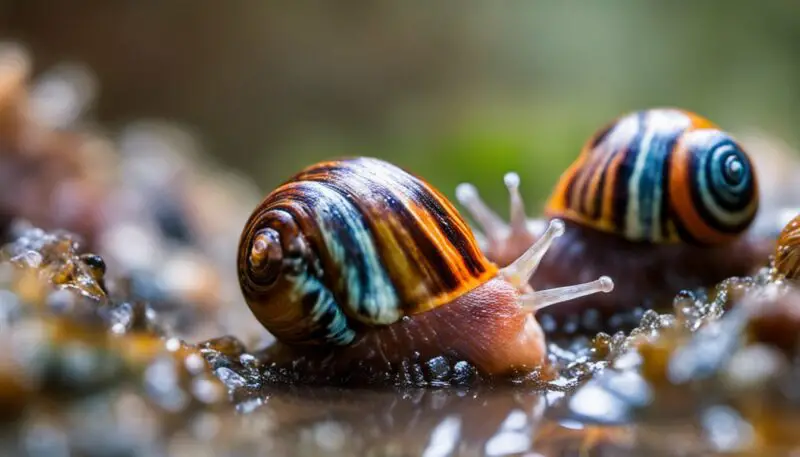
To ensure the health and well-being of your nerite snails, it’s crucial to maintain proper water parameters in their tank. Let’s discuss the key parameters you should monitor:
- pH: Aim for a pH level between 7.0 and 8.5. This will create a comfortable environment for the snails and prevent shell degradation. Use a reliable aquarium test kit to check the pH regularly.
- GH (General Hardness): Your snails will thrive in water with a 5-15 dGH hardness. Maintaining these levels will ensure enough calcium for their shells and proper body functioning.
- Temperature: The water temperature should be between 72°F and 78°F. Consistency is key; fluctuations may stress your snails and lead to health problems.
- Carbonate Hardness (KH): Aim for a KH level between 3 and 12 dKH to ensure good water stability. This will also help in maintaining proper pH levels.
To maintain these water parameters, you should:
- When doing water changes, use a water conditioner to remove harmful chlorine and chloramines from tap water.
- Regularly test your water to monitor pH, GH, KH, and other important parameters.
- Install a heater, if needed, to maintain a consistent temperature within the appropriate range.
- Add calcium-rich sources such as cuttlebone or crushed coral to provide the necessary minerals for strong snail shells.
Monitoring and adjusting water parameters is crucial in preventing potential issues such as shell deterioration and illness in your nerite snails. By consistently maintaining optimal water parameters, you will create an environment where your snails can thrive and contribute to a healthy and beautiful aquarium.
Tank Requirements

When setting up a tank for your nerite snails, it is essential to consider their specific needs. Nerite snails can inhabit saltwater from the sea and freshwater from rivers, making them versatile aquarium snails.
For tank size, it is recommended that you have a minimum of 10 gallons in your freshwater tank to provide ample room for your snails to move and interact with their surroundings comfortably. Remember that this is the minimum; if you have several snails or other tank mates, consider going for a larger tank size.
Whether you opt for a freshwater or saltwater tank, maintaining stable water parameters is crucial for your snail’s health. A freshwater aquarium should have a temperature range of 20-26 °C (60-79 °F), a pH range of 6.0 – 8.0, and a TDS range of 60 – 200 PPM. These values will vary slightly for a saltwater tank but aim to have similar parameters.
When setting up your tank, ensure ample hiding spaces for your snails, such as rockwork, driftwood, or live plants. This will allow them to feel safe and secure and also encourage their natural behavior of grazing on algae.
One crucial aspect of your tank setup is having a tight-fitting lid. This is important because nerite snails are known for their ability to crawl out of the water and potentially escape the aquarium. A secure lid prevents unwanted escapes and keeps your snails safe inside their aquatic home.
In summary, provide a minimum 10-gallon freshwater or saltwater tank with stable water parameters, hiding spaces, and a tight-fitting lid to create an optimal environment for your nerite snails to thrive.
The Ideal Diet
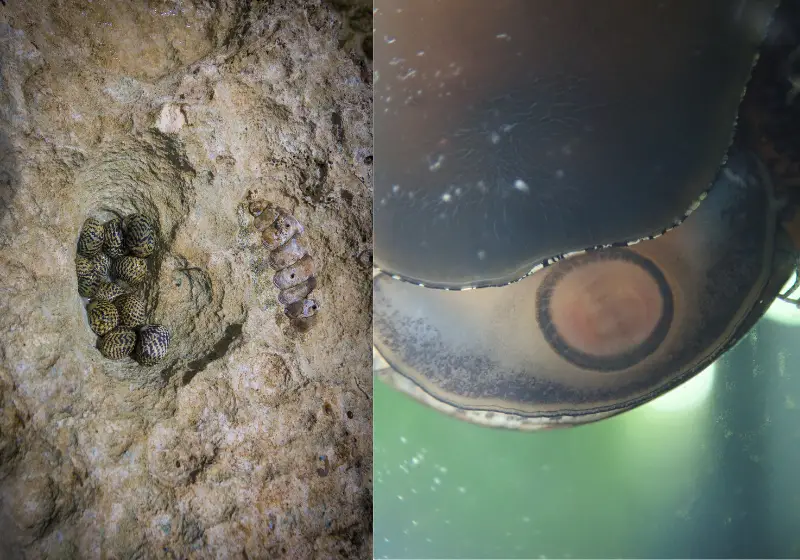
Nerite snails make an excellent addition to any freshwater aquarium due to their hardy nature and ability to help keep tanks clean. A balanced and nutritious diet is crucial to keeping your Nerite snails healthy and happy.
Primarily, Nerite snails are algae eaters. They graze on algae-covering rocks, plants, and aquarium walls. They offer the benefit of controlling algae growth in your tank. However, when algae growth is insufficient, it’s essential to supplement their diet with other food sources.
These aquatic snails enjoy both algae wafers and vegetables. Make sure to blanch or steam the vegetables before feeding them to soften their texture, making consuming them easier for your snails. Options for vegetables include cucumber and kale. Remember, keeping a variety in their diet is essential for their well-being.
While these herbivores primarily focus on vegetation, they can also benefit from occasional protein sources, such as bloodworms. Feeding them small amounts of fish food pellets designed for shrimp and snails ensures they receive vital nutrients that support proper growth and development.
Calcium supplements are essential to your Nerite snail’s diet, as they help maintain robust shell health. Adding calcium chips or even providing homemade snail jello (often called “Snello”) can deliver the necessary calcium to keep their shells in optimal shape.
With a consistent diet, your Nerite snails will efficiently help manage algae levels and contribute to the overall health of your aquarium ecosystem. Incorporating a balance of algae, vegetables, proteins, and calcium supplements will provide the ideal diet for these fascinating aquatic creatures.
Tank Mates and Temperament
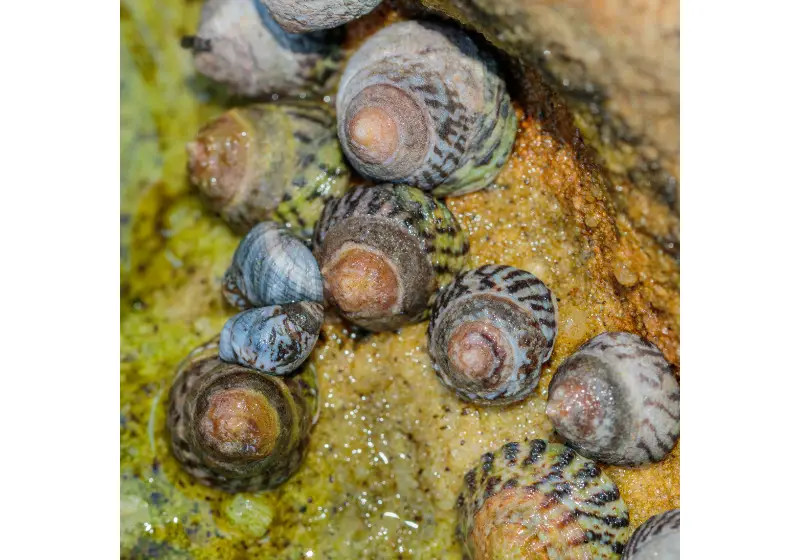
Nerite snails are known for their peaceful temperament, making them a great addition to many aquariums. They are hardy creatures that can coexist with a variety of tank mates, but there are certain species that you should avoid keeping with them to ensure a harmonious environment.
Regarding fish, nerite snails get along well with small, non-aggressive species such as tetras, guppies, and rasboras. These fish are known for their peaceful nature, which makes them an ideal choice for a community aquarium. You can also consider including honey gourami and corydoras in your tank, as these fish are compatible with nerite snails.
In terms of invertebrates, shrimp-like red cherry shrimp, ghost shrimp, and blue velvet shrimp make excellent tank mates for nerite snails. These shrimp species are peaceful, and they can coexist without any issues.
However, there are certain fish species you should avoid keeping with your nerite snails. Aggressive fish like betta fish, tiger barbs, and cichlids are known for their territorial nature, making them unsuitable as tank mates for these peaceful snails. These fish might see the snails as a threat and attack them.
Adding plants to your aquarium can provide shelter and help create a natural-looking environment for your nerite snails. They are generally not destructive to plants, so feel free to include live plants in their habitat.
Remember, when choosing tank mates for your nerite snails, it is crucial to consider the temperament of other species in the aquarium. By selecting compatible species, you can create a harmonious environment where your nerite snails and their tank mates can thrive.
Breeding Nerite Snails
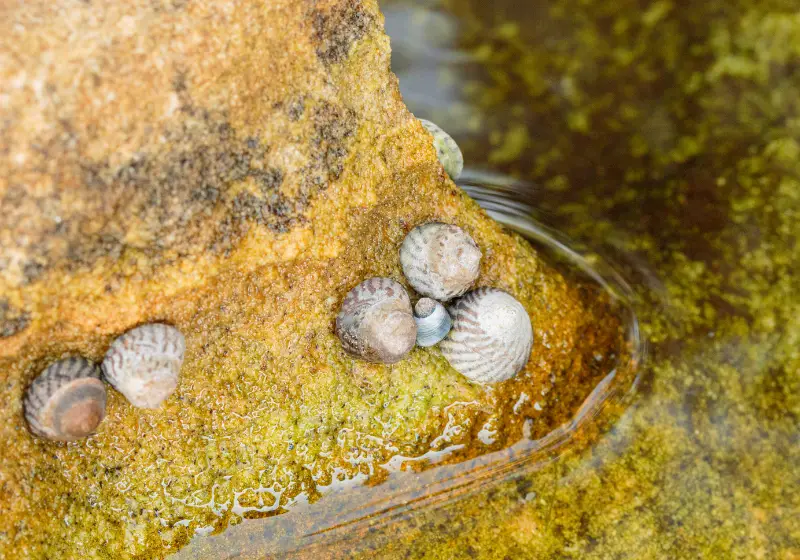
Breeding nerite snails can be challenging, requiring specific conditions to reproduce successfully. First, it’s crucial to understand that nerite snails have separate sexes and do not reproduce asexually. Therefore, you must house both males and females in your aquarium to facilitate breeding opportunities.
To encourage nerite snails to breed, you should provide a comfortable environment that meets their needs. Ensure the water conditions are optimal, with a pH level between 7.0 and 8.5, a temperature between 72°F and 78°F, and moderate water hardness. Providing ample hiding spots, such as rockwork or live plants, can also help put your snails at ease.
However, nerite snail breeding poses a unique challenge due to their specific reproductive process. Unlike other snail species, nerite snails lay eggs that only hatch in brackish or marine water. To facilitate reproduction, you will need to gradually increase the salinity of your aquarium by adding marine salt.
Once the water reaches a salinity level of 1.005 – 1.010 specific gravity, the eggs should hatch into larvae. Remember that raising the salinity may not be suitable for other freshwater species in your aquarium.
Upon hatching, the larvae will require separate specialized care. You may need to move the larvae to a separate tank with water conditions suitable for their growth and development. Proper nutrition, including the addition of phytoplankton and zooplankton, is vital during this stage. After several weeks, the larvae should develop into juvenile nerite snails.
Do not expect breeding to be quick or effortless, as nerite snail breeding can be a slow and challenging process. Maintaining proper water conditions, nutrition, and patience are essential to successfully breeding these captivating aquarium residents.
Remember, breeding nerite snails may not be for everyone, but with determination and attention to detail, you might experience the rewarding process of welcoming new generations of these helpful aquatic creatures into your aquarium.
Species Spotlight | Nerite Snail
Nerite Snails Types
When selecting a nerite snail for your aquarium, it’s important to consider the various types available. Each type has unique features and characteristics that suit different aquatic environments. Understanding the differences can help you choose the right nerite snail for your needs.
One of the popular nerite snails is the Zebra Nerite Snail. As the name suggests, it has distinct black and yellow stripes, resembling a zebra pattern. These snails are excellent at consuming algae and keeping your tank clean. They also have a peaceful demeanor and can coexist with various fish and invertebrates.
The Tiger Nerite Snail is another attractive option. Known for their vibrant orange and dark brown colored shells, they are quite effective at removing algae from surfaces. Like the Zebra Nerite Snail, they are peaceful and can easily adapt to freshwater and brackish settings.
Horned Nerite Snails are fascinating creatures with spiky, dark brown protrusions on their shells. These unique structures give them a sort of prehistoric appearance. Though less common than the other types, Horned Nerite Snails are equally efficient at controlling algae in your aquarium.
Among the more exotic nerite snails are the Black Racer Nerite Snails. These striking snails have a deep black coloration, contrasting with the white bands on their shells. They are visually stunning and very proficient in keeping your tank clean.
When choosing the right nerite snail for your tank, it’s essential to consider their preferred water conditions, compatibility with other tank inhabitants, and the specific needs of your aquarium. By understanding the different types of nerite snails, you can make an informed decision and provide a suitable environment for these fascinating creatures to thrive.
How to Care for Nerite Snails
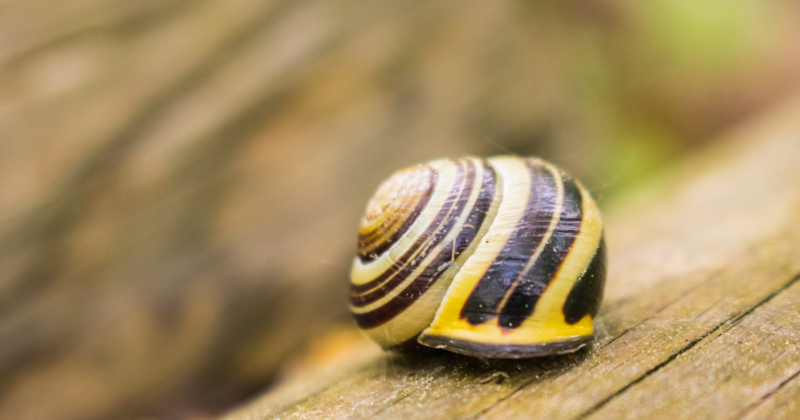
Caring for nerite snails is simple, making them an ideal addition to your freshwater aquarium. To ensure your snails thrive, follow the guidelines below.
First, establish the right habitat for your nerite snails by maintaining a clean, stable, and spacious environment. Keep your aquarium’s water parameters within acceptable ranges, which include temperature between 72-78°F, pH levels between 7.0-8.5, and water hardness between 5-12 dKH. To monitor these parameters, invest in an aquarium test kit.
A crucial aspect of nerite snail care is feeding. While they primarily graze on algae that grow in your tank, you can supplement their diet with algae wafers. Ensure to provide adequate amounts without overfeeding, which can lead to water quality issues.
Now, let’s talk about tank mates. Nerite snails are peaceful creatures; therefore, you should avoid aggressive or predatory species in your aquarium. Ideal tank mates include small tetras, rasboras, corydoras, and similar-sized invertebrates like ramshorn snails and dwarf shrimp.
Considering nerite snail size is also essential. Adult nerite snails usually grow up to 1 inch in diameter, allowing them to live comfortably in nano tanks and larger aquariums. As a general rule, allocate 1-2 gallons of water per snail to ensure they have sufficient space to roam and explore.
To sum it up, you can easily care for nerite snails by providing a clean, well-maintained environment, supplying supplemental food sources, selecting appropriate tank mates, and considering their size needs in your aquarium setup. Following these guidelines will ensure your nerite snails remain happy and healthy in your aquatic ecosystem.
Key Points for Beginners
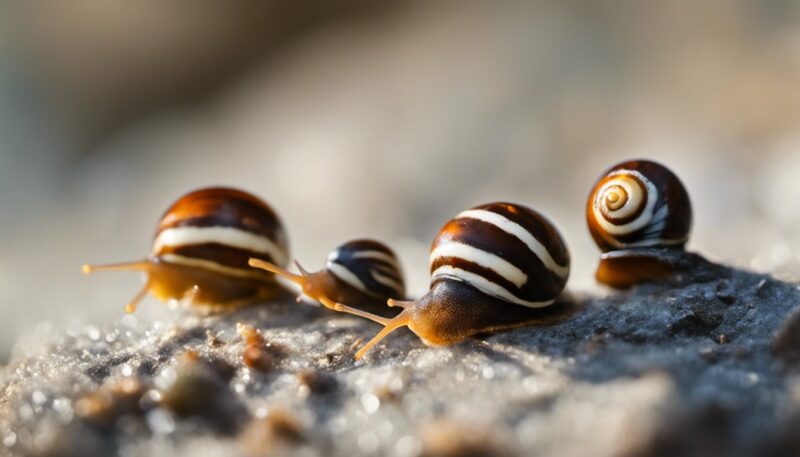
Nerite snails are an excellent addition to freshwater aquariums, especially for beginners. Their hardy nature, low care level, and appetite for algae make them a perfect choice for keeping your tank clean and healthy. To set up your aquarium for nerite snails, consider the following factors.
A minimum size of 5 gallons is recommended when selecting an aquarium for nerite snails, although a 10-gallon tank is preferred. The larger the tank, the more stable the water conditions will benefit the snails and other tank inhabitants.
Pay close attention to the water conditions to maintain a healthy environment for your snails. The ideal temperature range for most nerite snail species is between 72°F and 78°F, and the pH level should be between 7.0 and 8.5. A heater and a proper filter will help you achieve stable water conditions.
Including decorations in your tank, such as rocks, driftwood, and plants, will provide hiding places and surfaces for your snails to graze. These can also contribute to a more interesting and visually appealing aquarium for you and your snails.
Nerite snails are originally from tropical and subtropical aquatic environments worldwide, and you should aim to replicate a similar environment in your aquarium. These snails are also known for not reproducing in freshwater aquariums, so you won’t have to worry about overpopulation, making them a suitable choice for beginners.
Regarding care level, nerite snails are low maintenance and perfect for beginners in the aquarium hobby. Regular water changes and monitoring of water parameters are important to keep the snails healthy. Establishing a cycle of beneficial bacteria in your tank is essential, which will help break down waste and maintain proper water quality.
As you can see, nerite snails are an ideal choice for freshwater aquariums, particularly for beginners. Their hardiness, low care requirement, and ability to contribute to a clean and healthy tank environment make them attractive to your aquatic ecosystem.
The Amazing Nerite Snails
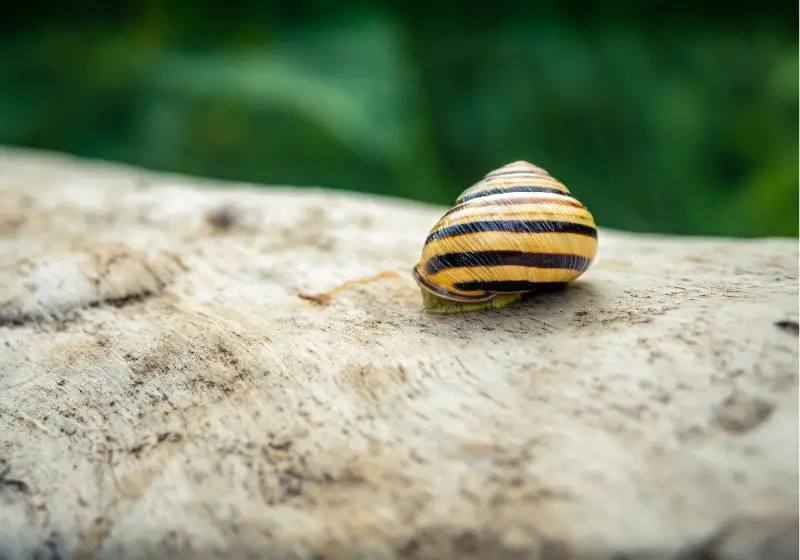
In this section, we have provided you with valuable information about Nerite snails and their care. These captivating creatures are a great addition to any planted aquarium and will be good companions for dwarf shrimp. Furthermore, they do not reproduce in freshwater aquaria, so you don’t need to worry about overpopulation issues.
Nerite snails come in several types, each with a distinctive appearance and characteristics. When considering a Nerite snail for your aquarium, consider their optimal water parameters, tank size, environment, and potential diseases. Remember to provide them with a proper diet and compatible tank mates, and monitor their behavior to ensure they live healthy and long lives.
With your newfound knowledge of Nerite snails, you can now make informed decisions about incorporating them into your aquarium. Following the guidelines, you can ensure these fascinating snails thrive in your care, contributing to a vibrant and balanced aquatic environment.
Frequently Asked Questions
What do Nerite snails eat?
Nerite snails primarily eat algae, which makes them excellent additions to any tank for algae management. They also enjoy consuming decaying plant matter and can consume supplementary snail food like blanched vegetables and algae wafers. To maintain their health, ensure to provide a variety of food sources.
Do Nerite snails need calcium?
Yes, Nerite snails require calcium to maintain and grow their shells. Calcium can be provided through their diet or added directly to the water as calcium supplements. Providing a source of calcium will help your snails maintain their shell strength and overall health.
How many Nerite snails should be kept together?
The recommended number of Nerite snails to keep together depends on your tank size. Generally, one Nerite snail per 2-3 gallons of water is suitable. This ensures that they have enough space and resources to thrive without overcrowding. If your tank is larger, add more snails, but keep the recommended ratio in mind.
Are Nerite snails good for your tank?
Nerite snails benefit your tank, as they help control algae growth and contribute to a cleaner, healthier environment. They are peaceful creatures that don’t bother other tank inhabitants. Additionally, they do not reproduce in freshwater tanks so they won’t overpopulate your tank.
Are Nerite snails asexual?
No, Nerite snails are not asexual. They have separate male and female sexes. However, they don’t reproduce in freshwater tanks, as their larvae require brackish water to survive. This makes them a great choice if you want to control the snail population in your tank.
What do Nerite snails need in their tank?
To keep Nerite snails happy and healthy, provide them with a tank with a stable environment, proper water parameters, and access to appropriate food sources. The water should be slightly alkaline (pH 7.5-8.5) and have a temperature between 72-78°F (22-25°C). Provide hiding spots with rocks or plants, and ensure the water is well-oxygenated. Regularly monitor and maintain water quality to help your Nerite snails thrive.



